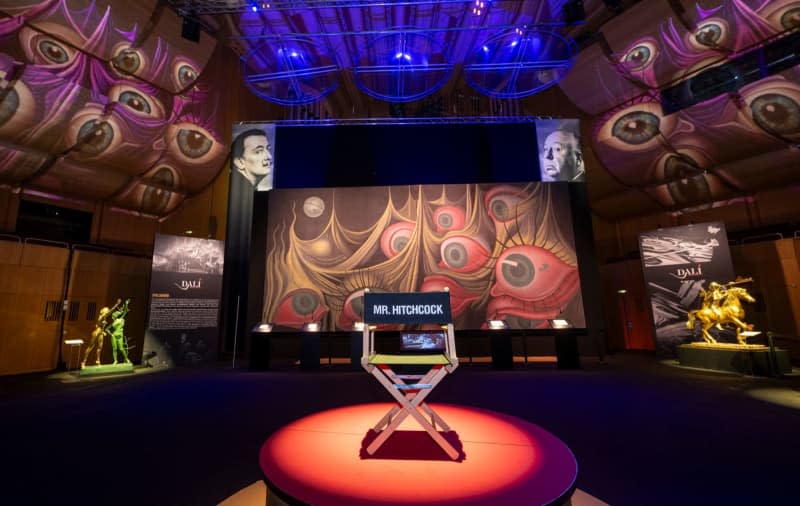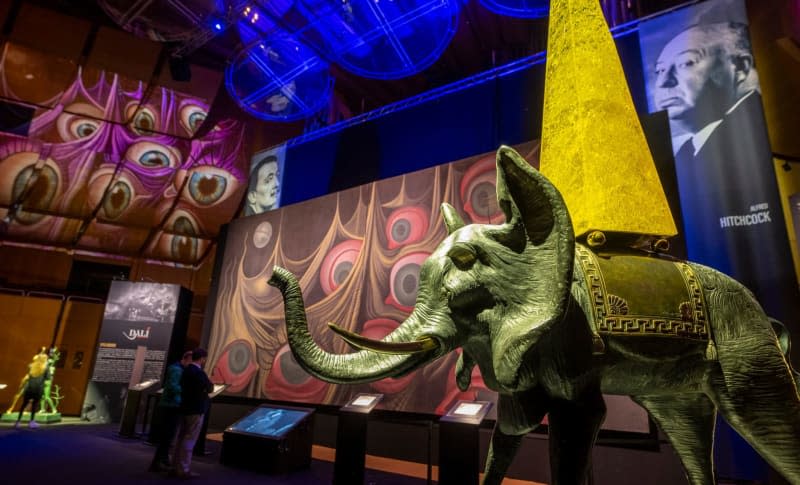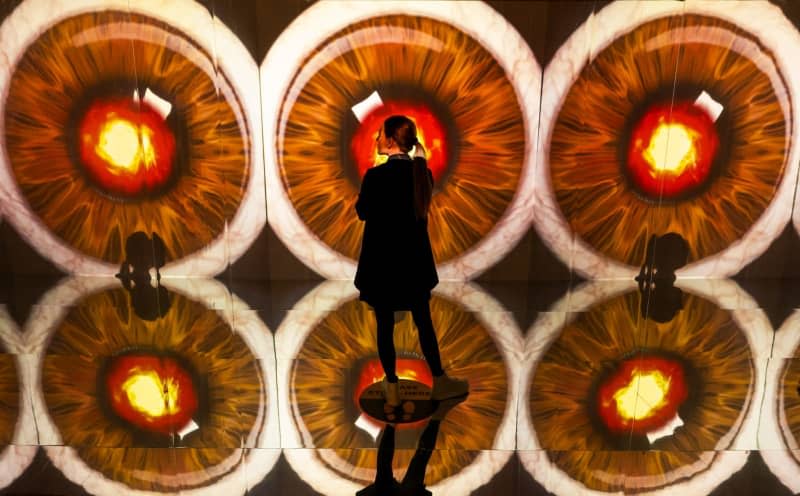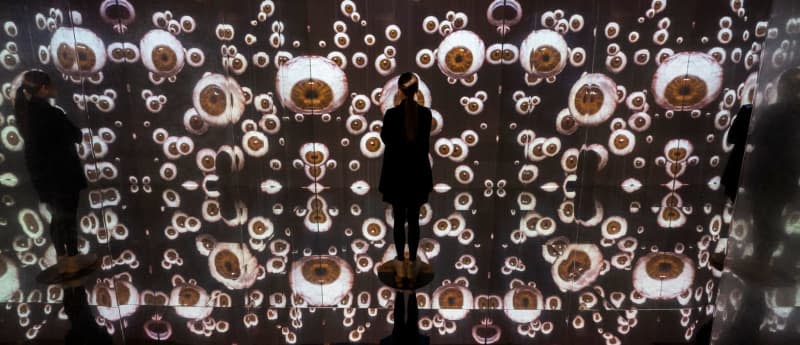Munich show explores Hitchcock-Dalí connection in 'Spellbound' film

- Oops!Something went wrong.Please try again later.
- Oops!Something went wrong.Please try again later.
In an exhibition for film buffs, art fans and those interested in psychoanalysis alike, a Munich show is exploring the cooperation between master film director Alfred Hitchcock and surrealist painter Salvador Dalí in the psychological thriller "Spellbound."
The show, titled "Dali: Spellbound" runs until April 21 in Alte Philharmonie, Munich's former philharmonic hall.
Visitors can see the original paintings, sculptures, sketches and lithographs that Dalí created, among others, for a dream sequence in the Oscar-winning film from 1945. The show features visual effects, holograms and sound effects as well as a metaverse in which visitors wearing virtual-reality goggles can dive into and move about inside Dalí's fantastic-surrealistic dream world.
In the film, Gregory Peck plays a psychiatrist named Anthony Edwardes who is about to take charge of a clinic. He gets to know a psychologist there, Constance Petersen (Ingrid Bergman), who finds something strange in his behaviour. And in fact, Edwardes does have a secret, but he has lost his memory. Using dream analysis, Petersen tries to help him recover his memories.
The dream sequence is one of the key moments in the film and was designed by Dalí. In it, there is a gigantic painting with the title of the film - "Spellbound" - on it. The 55-square-metre piece with countless eyes on it is hands-down the top attraction of the Munich show.
Hitchcock (1899-1980) intended "Spellbound" to be the first film about psychoanalysis, and he absolutely wanted Dalí for the dream scene. Hitchcock, in an interview with French director Francois Truffaut, said that "[David O.] Selznick, the producer, had the impression that I wanted Dalí for the publicity value. That wasn’t it at all."
The British film directors said he wanted to break with the cinematic tradition of how dreams had been portrayed until that point. In his film, they would not appear blurred or out of focus. To him, it was about "the vividness of dreams. As you know, all Dalí’s work is very solid and very sharp, with very long perspectives and black shadows. ... This was the avoidance of the cliché."




